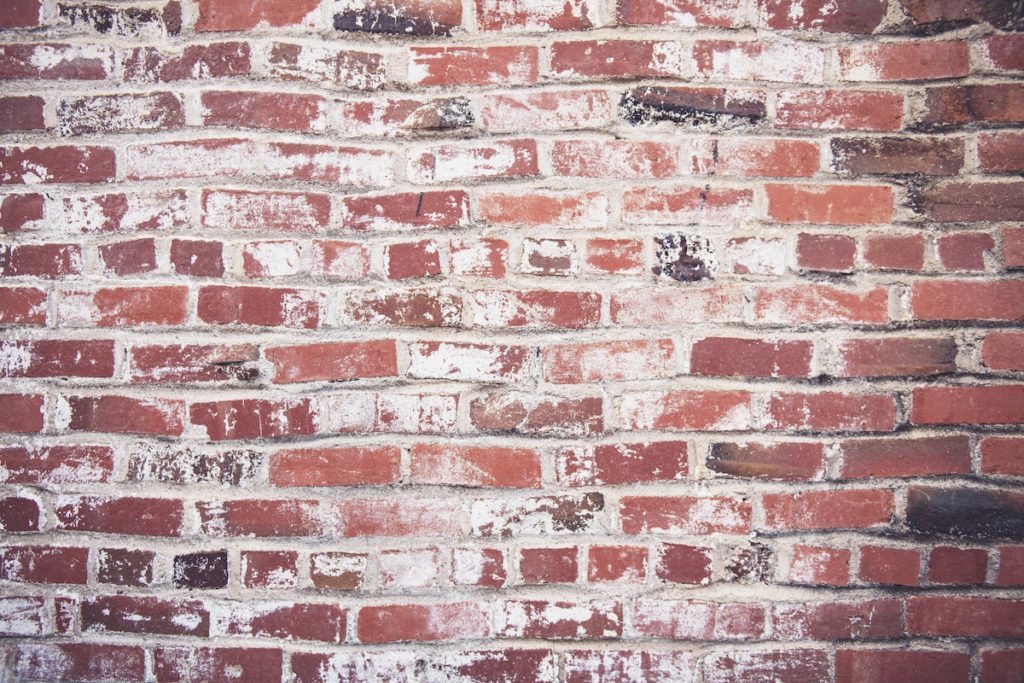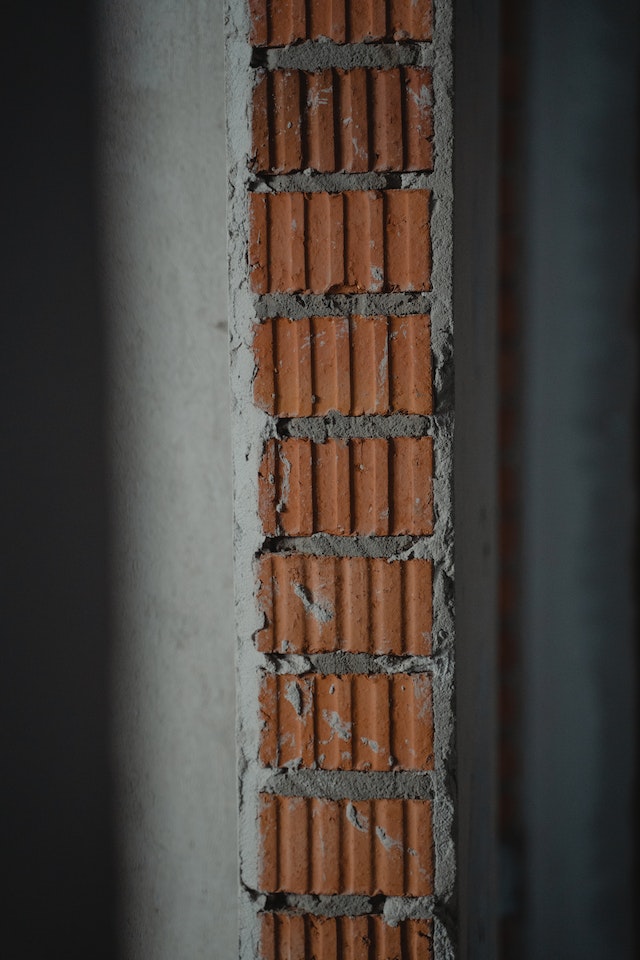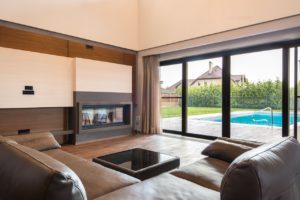This article discusses the many benefits that Australians enjoy when it comes to using clay bricks, and how this preference has remained consistent throughout the years. It also points out some of the limitations of ISO 14040 & 14044 life cycle assessment methodologies when used in a policy framework to rate buildings and building materials. – The Australian Clay Brick industry’s involvement in making bricks has been around for many years and is known for producing premium quality bricks that are efficient. The industry is constantly evolving and adapting to new technology, which has enabled them to make the process of making bricks easier and more efficient. Krause Bricks, one of the leading players in the construction industry, outlines a broad policy context in their assessment methodologies which looks at environmental performance, social performance and economic performance. This allows them to assess their products on a variety of criteria, including life cycle assessment (LCA). LCA is an important tool used by the construction sector to ensure that building materials are produced sustainably. Krause Bricks have also been involved in many LCA-related projects across Australia, such as using recycled materials in brick production or reducing water use in brick manufacturing processes.
Australians have traditionally preferred clay bricks as their preferred building material and there is an Australian Standard brick size of 76mm. Clay bricks are made by burning a mixture of clay and other materials, such as shale, at high temperatures. Clay bricks have been used to build many houses across Australia, making them the most widely used type of brick in the country. They come in almost face brick composition and colour which makes them easy to local supply and fulfil their purpose for most projects. They can be ordered in a variety of colours, shapes and sizes to suit any home-building project. Fibre cement boards are also popular with many home builders but they do not provide the same durability or stability as clay bricks do, making them less suitable for many applications.
Clay bricks have been used for centuries and are still the preferred choice for many building projects. Different brick types can be used in a variety of construction projects, from double-course bricks to face bricks. Exposed brick has become an increasingly popular internal feature wall, adding various types of facework to exterior walls. Clays are naturally occurring substances made up of crushed mix that is then fired at very high temperatures to create many types of bricks. External walls will generally require clay bricks due to their durability and strength while internal walls may use a variety of other materials depending on the project’s needs. Clay bricks offer a great variety that can be tailored to the result needed for any type of project.
Perforated bricks, baked bricks and extruding processes are all materials most bricks are made from. The consistency of water content and the type of manufacturing processes are key in the production of clay bricks. The firing process requires temperatures up to 1200 degrees Celsius and is what gives the clay brick its strength. The cooling process is done at a much lower temperature, usually between 1000 and 1200 degrees. This fire-cooling process is what gives clay brick one major distinction from other types of production materials; the result being a solid product with a consistent colour and texture throughout.
Clay bricks are made from earth and clay which is mixed to form a mud dough. The mud dough is then moulded into individual bricks in one section, leaving holes in the surface of the bricks which allow air to pass through. This process also enables each brick to dry slowly, as the dry mud bricks are exposed to sunshine and wind. Once dried in this manner, these basic mud bricks can be used for construction purposes. Alternatively, puddled mud can be formed into blocks and dried slowly before being made into extruded bricks by pressing them through a die or mould. This method gives each brick its distinctive shape and texture.
Mud bricks are also known as adobe mud, earth brick, cob and mudbrick. In Australia, mudbricks are used for constructing walls. Mud bricks are a popular choice due to their natural building material and load-bearing walls. They can also be used in timber frame buildings as an infill between the frames. The soil used to make the bricks needs to go through a production stage where it is mixed with water and left to dry in the sun or air depending on the temperature at the time of production.
Clay bricks are the oldest surviving bricks and are made by brick manufacturers Australia and used in Australia as one of the most common building materials. Brick pavers and AAC blocks can also be laid to form a monolithic structure, but these require more labour than clay bricks and cannot be as easily customized for different designs. Earth-building techniques such as mudbrick have been known for centuries, with at least 18 different techniques known from early times and earliest uses having been documented from around 10,000 years ago. There are at least 12 methods of making clay bricks today, although no one knows exactly how many there are in total around the world.
Australians often prefer clay bricks because they are a relatively dense wall material and can absorb heat. Clay bricks have good thermal mass, meaning they moderate temperatures very well, and their R-values are also very high. This means that the heat transfer is slow, keeping temperatures more stable than lightweight walls like weatherboard or iron.
Clay bricks have been used for centuries in the construction of homes and are still the preferred choice for many Australians today. They are durable, attractive, and provide excellent insulation. Clay bricks offer several benefits when it comes to optimizing house design. They provide superior insulation, helping keep a home comfortable year-round without having to rely too heavily on heating or cooling systems.











More Stories
How Do Interior Design Companies Design Medical Fitouts?
Advice For Your Timber Decking
Why Melbourne Is A Great Place To Live